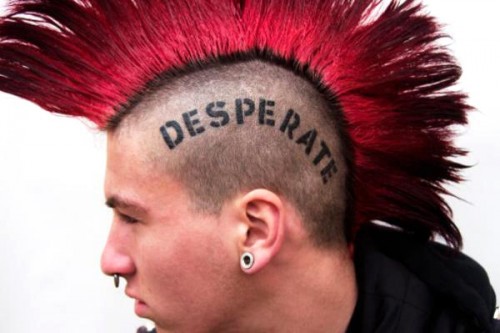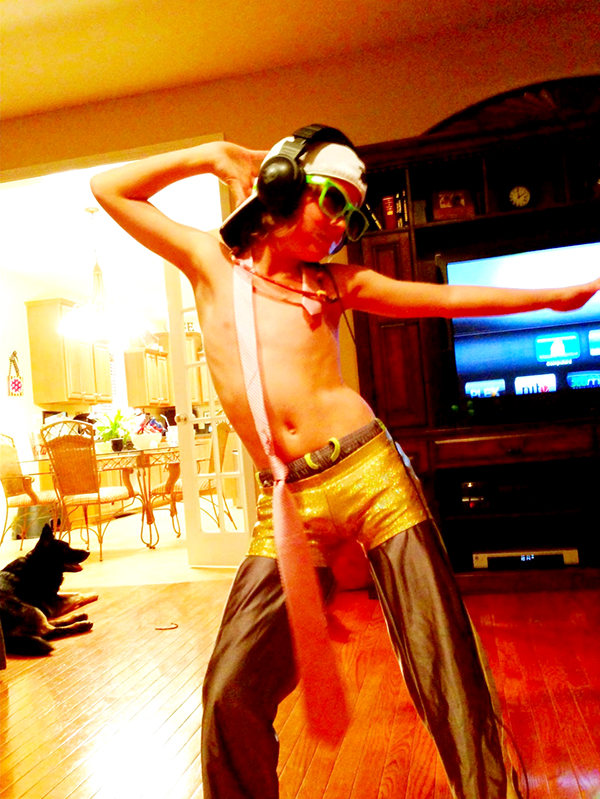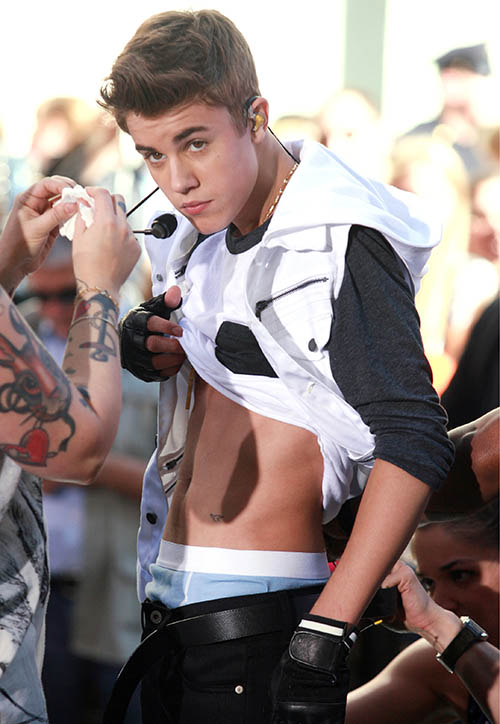Puberty: Psychological Stages
I’m sure that Dr. James Tanner didn’t have any idea what would come of it when he took the post that was being offered him by the British Government to continue the Harpenden Orphanage research study in 1948.
Neurological and emotional maturity takes longer than the rest of the body
It was designed to study the effects of malnourishment in children during and after WWII and eventually led to identifying and quantifying the “normal” growth of children through puberty and into adulthood.
We’ve already discussed the “Tanner Scale” and the 5 stages of physical development both boys and girls go through as their hormones begin changing them into young men and women. To refresh our memories I’ll list a summary of them below.
Physical Changes
Tanner Stages of Puberty
| Puberty | Boys | Girls |
|---|---|---|
| Stage one | Prepubertal: no sexual development | Prepubertal: no sexual development |
| Stage two | Testes enlarge Body odor |
Breast budding Body odor First pubic hair Body odor Height spurt |
| Stage three | Penis enlarges Pubic hair starts growing Ejaculation (wet dreams) |
Breasts enlarge Pubic hair darkens, becomes curlier Vaginal discharge |
| Stage four | Continued enlargement of testes and penis Penis and scrotal sac deepen in color Pubic hair curlier and coarser Height spurt Male breast development |
Onset of menstruation Nipple is distinct from areola |
| Stage five | Fully mature male Pubic hair extends to inner thighs Increases in height slow, then stop |
Fully mature female Pubic hair extends to inner thighs Increases in height slow, then stop |
Diversity and Differences
At no other time in the life-cycle of children is there more diversity between children of specific ages than there is in the ten years between 11 and 21!
In general girls begin puberty about 18 months earlier than boys but there’s almost a 4-year-wide option for both genders at the starting gate. Girls grow rapidly right out of the gate for two years then menstruate; boys start growing sexually for two years before they start their growth in height. Girls only add 2 inches the second two years so the process is over in four. Boy’s puberty takes 5 to 6 years – starting later and lasting longer.
The “social” effects of puberty between boys and girls are just as disparate. If a girl matures earlier than her peers she often has lower self esteem possibly related to greater parental restrictions and decreased paternal attachment – and often poorer grades.
Later maturing girls, on the other hand, most often show higher self-image, do better in school and more often have higher life goals. In both cases girls are just the opposite of boys.
Early maturing males tend toward increased athleticism, increased popularity, enhanced academic success from all the attention – and are, without surprise, often of happier demeanor. Boys maturing later, on the other hand, tend toward lower self-image and lower school performance and therefore end up with lower goals and expectations.
Knowing that, parenting must be directed toward seeing that those negative aspects don’t happen!
Emotional-Psychological-Neurologial Changes
The issue is that the outward physical changes in muscle and body structure IS NOT on the same schedule with that of the nervous system. At first, what everyone notices is that there are lots of trips and stumbles and dropping things.
But eventually it becomes obvious (to anyone who is paying attention) that emotions really, really struggle to keep up but never succeed. Recently scientists have discovered that portions of the nervous system (notably portions of the brain) aren’t fully developed at their much slower pace until around 21 or later! Unfortunately, those portions are the one’s dealing with the “command and control” functions. The part that enforces wisdom and restraint!
Therefore parents: even though the 11-year-old early bloomer might look 15 they are still your little boy or girl emotionally and need to be treated as such.
Measuring Emotional “Puberty”
The bookshelves are filled with published works about emotional growth and development and there are as many “gimmicky lists” of stages as there are authors. Most of them sort of “ring true” in a sense or they wouldn’t sell; but, rarely do they concretely apply to the kid behind the locked bedroom door in a way that gives any direct help.
I understand most of the many lists of “stages” (like Erickson’s Eight Stages) but spend little time discussing them with parents because, even though they might provide insight, they aren’t answers to “what do I do now?” Those answers only come from intimate insight into the child mingled with general understanding of processes coupled with such things as intuition, staying in the game, inspiration, perseverance, dumb luck, divine intervention… and did I say perseverance?
I’m not the first to observe them or write about them but there seems to be three general phases of “Emotional/Psychological Puberty” coincident to, but separate from, the Tanner Stages we’ve already discussed.
Phase One
At some time within the Tanner Stages one or two there is an awakening of sexual interest, usually within a same-sex clique of friends, but rarely actual sexual activity. We can call this “Phase One” merely to be able to discuss it here – there really isn’t an official term for it.
Curiosity about the opposite sex and the changes happening leads to a natural curiosity and a need to explore for answers; but, most of their lives they’ve been given the understanding – either directly or subtly – that this “hidden information” is taboo, so seek enlightenment from only the closest of confidants.
There is not only an awareness of bodies – both the opposite sex and their own – but there can almost be a pre-occupation of sorts. They often seem to be ruled by awkward, self-conscious dissatisfaction with their appearance – a very normal thing and not a reason to pay for a plastic surgeon’s new swimming pool!
Boys use competition and shared activities to form same-sex inner-circles of friends while girls seem to rely on shared confidences. Both espouse their uniqueness and autonomy but are nearly obsessed with conformity in order to “fit in.”
This is the stage where a good teacher, coach or friend’s parent can be invaluable to them as a role model because they will often select an outside adult to help them begin the natural separation from total dependence on their parents. Sometimes they will still confide their emotions and experiences to their parents; but, mostly not – without a parent being very vigilant for subtle “openings” to establish conversations.
Phase Two
Compared to “phase one” this one is: “PHASE TWO!!!!!” Within Tanner Stages three and four your child seems to become the kid your own frustrated parents cursed you with when they told you: “I hope you have a kid just like you!” That was back during your own PHASE TWO – if you can remember back that far.
Boys get their wish for their spurt in growth and strength; and girls begin their menstruation cycles. And, of course, there’s acne, body odor and shaving.
Sexual orientation and experimentation are issues that come to the front in Phase Two; bluntly, there is a surge in thought and activities related to sex.
The early development of abstract thinking ability leads them to question… well, everything. And because family and social “conventions” are just that, “conventions” (upon which they never had a say), they therefore are the most debatable – so are! Frequently and energetically.
Phase two teens usually become incredibly egocentric and narcissistic. And, depending on circumstances, may experiment with dress and even their total “personas” – today a “goth” tomorrow an “emo” next week a “valley girl, biker babe” or “whateverrrr.”
Make no doubt “physical attractiveness” (their definition, not societies) is all important and without guidance and restraint they tend to be brutal to others with visible differences. Relationships with adults seem to deteriorate and peers take on incredible significance both in importance and credibility.
For some, family life becomes an intense daily endeavor to “do what they want and when” as they struggle for autonomy and independence, yet realize circumstances beyond their control don’t yet allow them to be.
Truly, this is the time where most parents are forced to re-evaluate many of their previous decisions as the parenting skills, they’ve long feared they’ve been remiss in, seem to be daily publicized to the world by their teen walking around in public.
——
This is usually where you would expect an author to insert a list of solutions to the problem of Phase Two; but, unfortunately, there isn’t any one magic pill to “make it all better.” However, you can take heart in the fact that I’ve already said there were “Three Phases” to psychological development so Phase Two does, in fact, end.
And, there are still yet some pieces of advice I can pass on to you from parents who’ve already “been here, done this” which can make your life (and the teens) a whole lot better. That, I will do in “part two,” just as soon as I’ve put a fresh page in the typewriter.
9 Posts in Puberty Talk (tanner) Series
- Boys Underwear: Boxers, Briefs or Commando - explanation, recommendations – 22 Sep 2018
- FAQ - Boxers, Brief's or Commando – 28 Aug 2018
- Doctor's Talking About Puberty and Sex to Patients – 28 Aug 2017
- Puberty: Psychological Stages - Part 2 – 13 Aug 2015
- Puberty: Psychological Stages – 5 Aug 2015
- Tanner Stages - Boys – 28 Jul 2015
- Tanner & Growth - Girls – 20 Jul 2015
- Tanner Stages and Growth – 12 Jul 2015
- Puberty, Tanner Series: Intro/Index – 11 Jul 2015
Advertisement by Google
(sorry, only few pages have ads)



